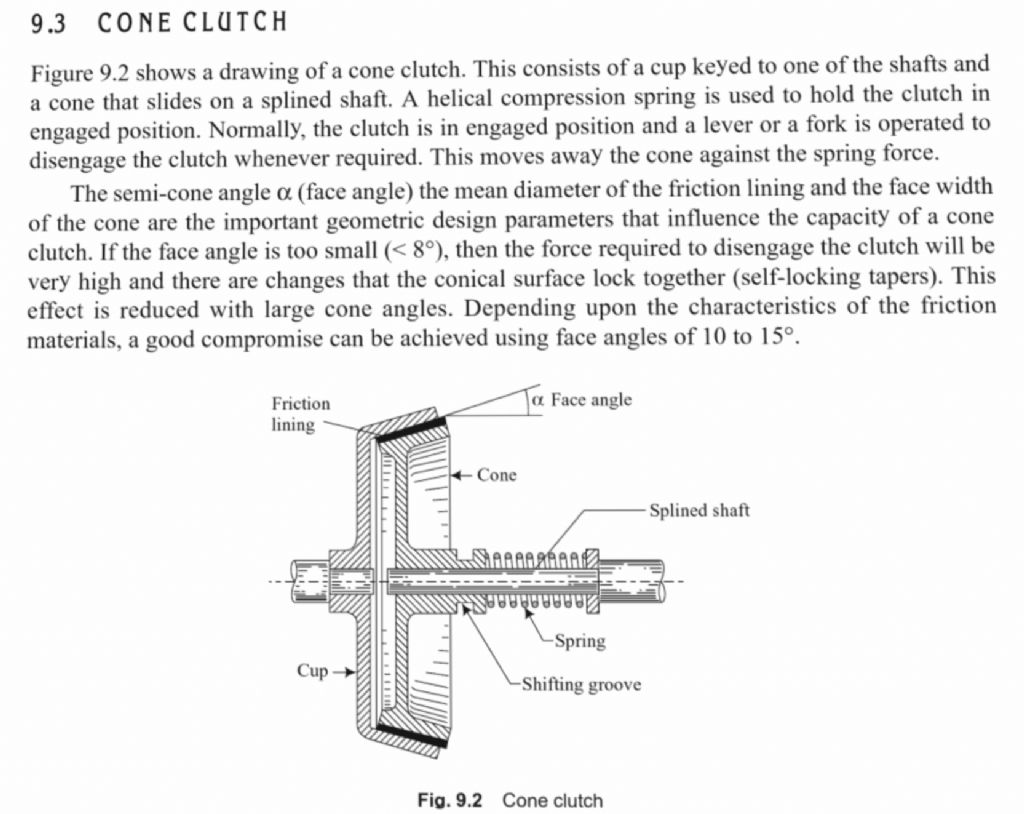I've done a quick revision on friction and it has reminded me that it is a function that is independent of area and is a relationship between force normal to the surface and the force causing sliding movement along the surface.
This is the bit where I am open to correction.
The friction producing force in a taper is proportional to drawbar tension x sine of the half angle. So a morse taper with a smaller angle than R8 will have a lower friction producing force in the taper than R8 (for the same drawbar thread and torque applied to the drawbar). As a result R8 will transmit more torque than a Morse taper.
It seems counter intuitive but if the angle is reduced to zero there would be no friction drive because drawbar tension could not occur. If the angle went up to 90 there would be friction drive but poor positioning. There is also the need to squeeze the tool in a collet. The forces for this will be proportional to drawbar tension x cosine of the half angle. So a small angle gives higher clamping forces than a larger angle and at 90 there would be no clamping forces.
There must be some choice in the taper angle for the collet designer that balances torque transmission and clamping forces when designing a tool holding collet. Morse tapers were not originally designed to hold tooling as a clamping collet, the angles were chosen for their self holding feature for drills, drill chucks and reamers, R8 could pick an angle that was not self holding.
Martin C
old mart.





